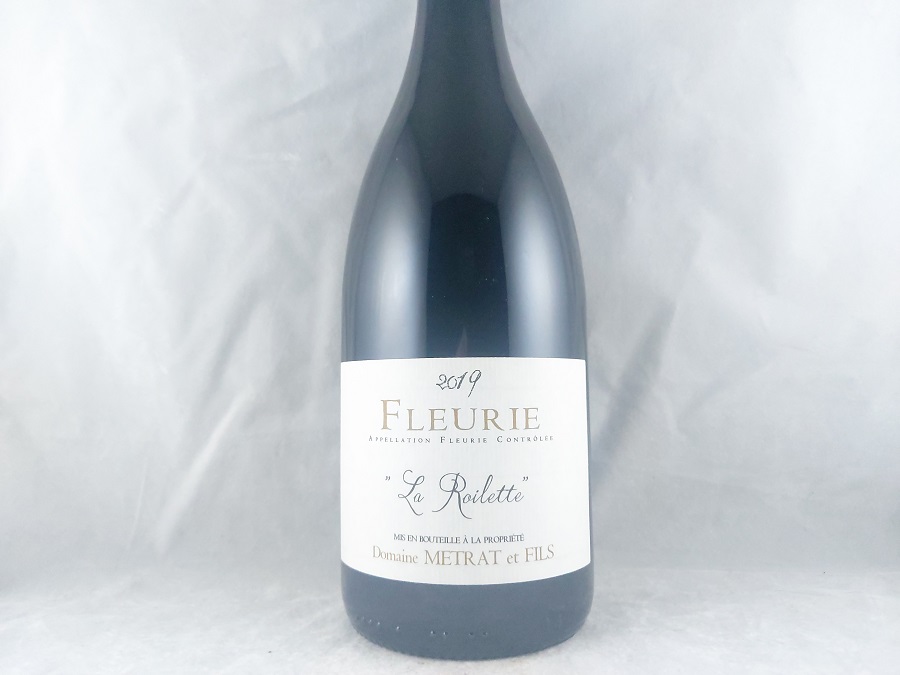
Old Vines, Great Wines 101
It can pretty boring sitting here at home, rooted to one spot, with not a lot to do. Imagine how grapevines feel! Some of them are seriously old vines too. In Australia, we have vines planted in the late 1800s. They’ve not been out of the vineyard that entire time! So today, let us appreciate the dedication and advantages of sitting in the one spot and becoming really, really good at what you do.
[box]You’ve no doubt heard it said a million times: “To make great wine, you have to start with good quality fruit”. Having old vines is one of the best ‘short cuts’ to good quality fruit*.[/box] You’ve no doubt heard it said a million times: “To make great wine, you have to start with good quality fruit”. Having old vines is one of the best ‘short cuts’ to good quality fruit*.
https://thewinedepository.com.au/shop/seghesio-sonoma-zinfandel-2015/
*All of this doesn’t mean you can do nothing to Old Vines.
If you don’t look after them, they won’t automatically produce what you need. It will always be the best viticulturists who are dedicated to their craft that will produce the best fruit. Whether they have ancient vines from 1860 or they are 3-year-old vines. The same goes for conventional vs Organic or Biodynamic practices.
It is the practitioner that exhibits the most skill and attention to detail that will get the best fruit from that plot of land.
It is then about preserving that quality of fruit. You can’t enhance it in the winery. You can only hope to cover/blend away deficiencies.
Young vines
Young vines tend to not have the consistency, balance, and intensity to make reliably great wine. Once the vines are 10 years and definitely after 20 years, they start to even out. The Barossa Valley Old Vine Charter says old vines are 35 years or over. These old vines have grown beyond adolescence and are now fully mature. They have a root structure and trunk thickness that encourages diversity of flavour and character. Their worthiness has been proven over many vintages, consistently producing the highest quality fruit for Barossa wines of distinction and longevity.
It is then about preserving that quality of fruit.
You can’t enhance it in the winery. You can only hope to cover/blend away deficiencies.
The risk combined with the low yields makes them economically a bad choice. Which is why in places like Bordeaux some producers start to replace vines once they are at the 35-year mark. Just as the Barossa starts to think they are old. This makes economic sense too. It allows them to constantly be replanting a small portion of the vineyard. This maintains an average age across all the vines in the ground. The producing vines will give good crops, be resistant to disease and easy to manage. It also allows then to know that a large percentage of their vineyard space will be in production for as long as they keep up the replanting cycle.
Does that mean it is lazy to not replant your vines? Maybe it is laziness that motivates those people. I mean, vines have a strong will to live. Once vines are 35 years old, they have deep root systems to contend with. It is much easier to leave them where they are.
The advantage for us wine lovers is that well-tended old vines make delicious fruit. And in the hands of a great winemaker who preserves that fruit, we get to enjoy delicious wine.
What do you think?
Have you tried some old vines wine? Do they make a difference to you? Do you have any other questions? Drop me a line.
Keep drinking the good wines. Like these from Old Vines.


